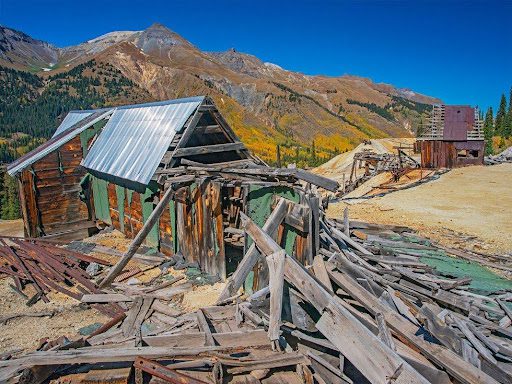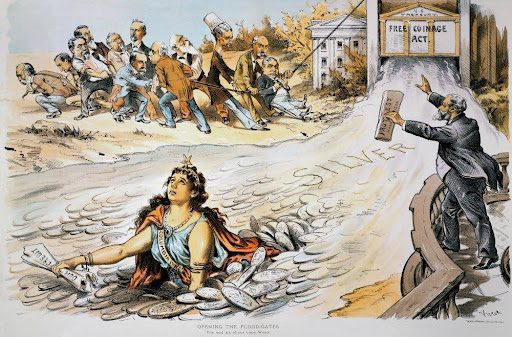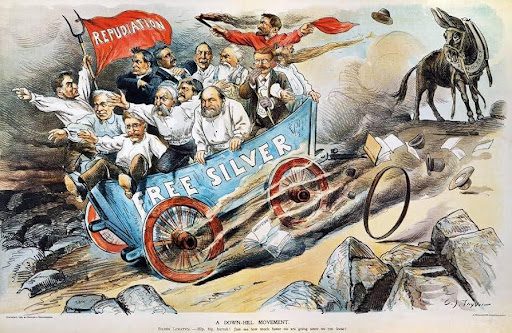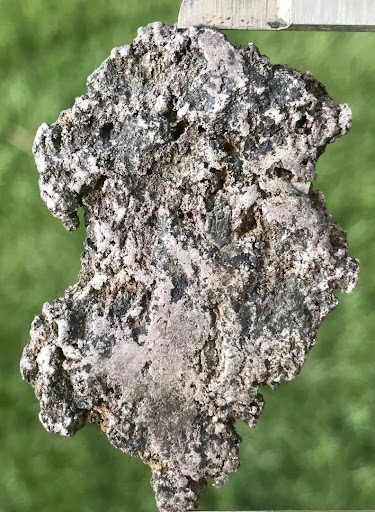
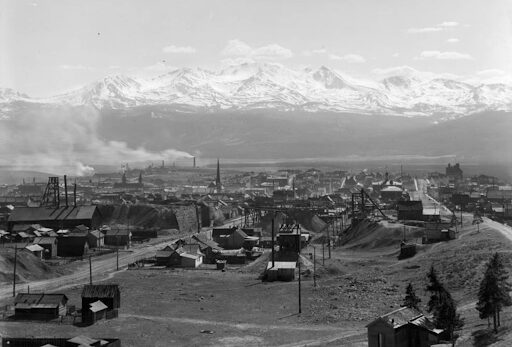
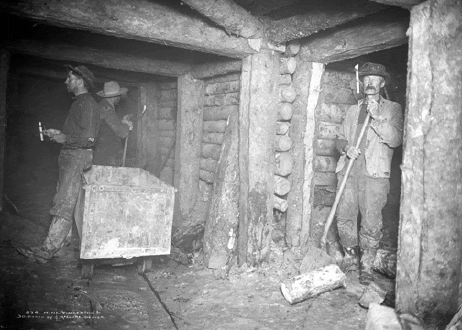
The Colorado Silver Boom was a dramatic expansionist period of silver mining activity in the U.S. state of Colorado in the late 19th century. The boom started in 1879 with the discovery of the lode at Leadville which made over 82 million dollars’ worth of silver during the silver boom. This was the second greatest mineral boom in the state, coming twenty years after the earlier and shorter Colorado Gold Rush of 1859. The boom was largely the consequence of large-scale purchases of silver by the United States Government authorized by Congress in 1878. The boom endured throughout the 1880s, resulting in an intense increase in both the population and wealth of Colorado, especially in the mountain valleys.
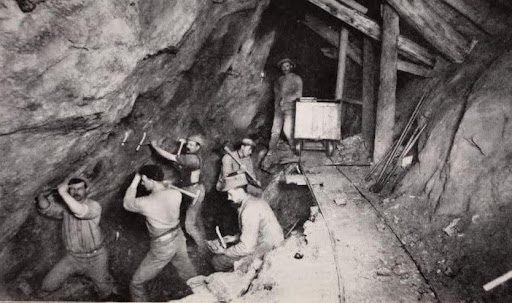
The boom continued unabated throughout the 1880s, a decade that gave the state many of the historic structures throughout its cities and towns. The boom also drove many extensions of the railway network in the mountains, including such lines as the Denver, South Park, and Pacific, which built an early narrow-gauge line to Leadville. Likewise, the extension of the railroad network up the Roaring Fork Valley to the previously failed mining town of Aspen in the late 1880s made the extraction of silver ore economically feasible, thus saving the town from near extinction.

The Georgetown, Breckenridge, and Leadville Railroad had been formed in 1881 under the Union Pacific Railroad. The Loop portion of the line was the crowning segment of the line, crossing the top of the gorge on a 95-foot (29 m) high trestle. Completed in 1884, it was considered an engineering marvel for its time.
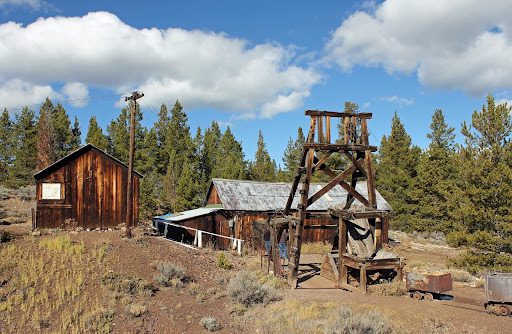
The government purchases of silver were subsequently nearly doubled by the 1890 Sherman Silver Purchase Act, further extending the boom into the early 1890s.
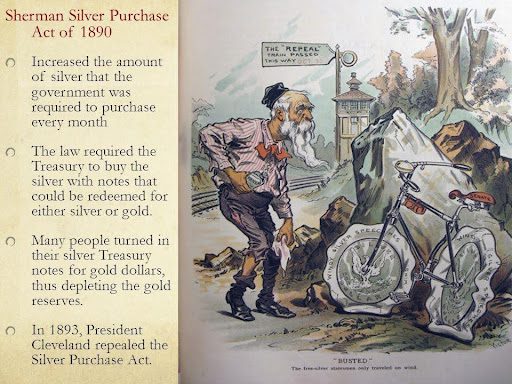
This boom came to an end in 1893 in the wake of the collapse of silver prices caused by the repeal of 1890 Sherman Silver Purchase Act.
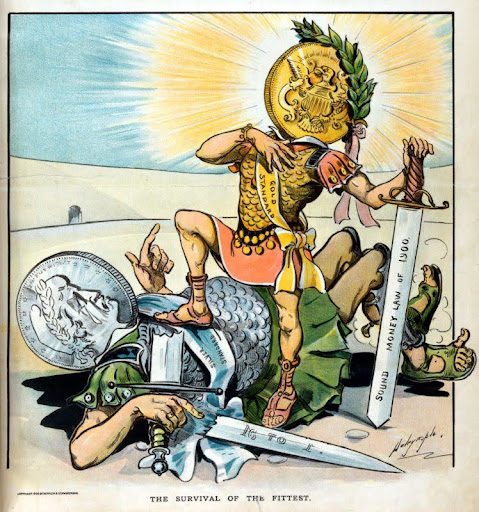
After 1893, many mining camps became ghost towns. Even though Colorado was founded on the quest for gold, silver mining is an important part of the state’s history.
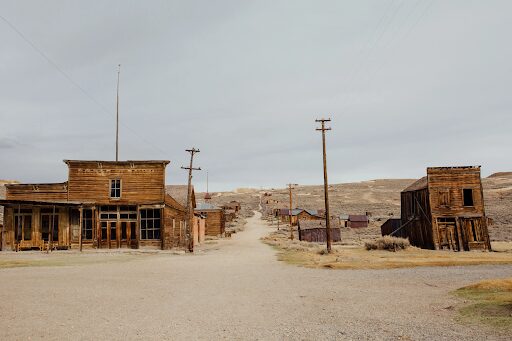
The Sherman Silver Purchase Act (SSP) had been enacted in response to growing complaints of farmers’ and miners’ interests. Its goal was to boost the economy and cause inflation, allowing farmers and miners to pay their debts with cheaper dollars. Mining companies began to extract vast quantities of silver from western mines, resulting in oversupply, thus driving down the price of their product, often to below the point at which silver cold be profitably extracted. The repeal of the SSP Act in 1893 resulted in a collapse of silver prices, bringing about an end to boom. This sparked one of the worse economic disasters in Colorado history. Through repeal, the U.S. government would no longer purchase silver for coinage, instead moving to the gold standard. The nation as a whole suffered a strong economic downturn during this period, but Colorado was hit especially hard because so much of the state’s economy relied on silver mining. Many of Colorado’s towns were formed because of silver which was even more plentiful in Colorado than gold. Think of the many town names that contain the word, like Silverton, Silverthorne, Silver Plume, Silver Creek, Silver Cliff. The accompanying collapse of silver in state-wide economic activity was ameliorated somewhat by the simultaneous emergence of agriculture, previously derided as not feasible, as a large component of the state economy.
